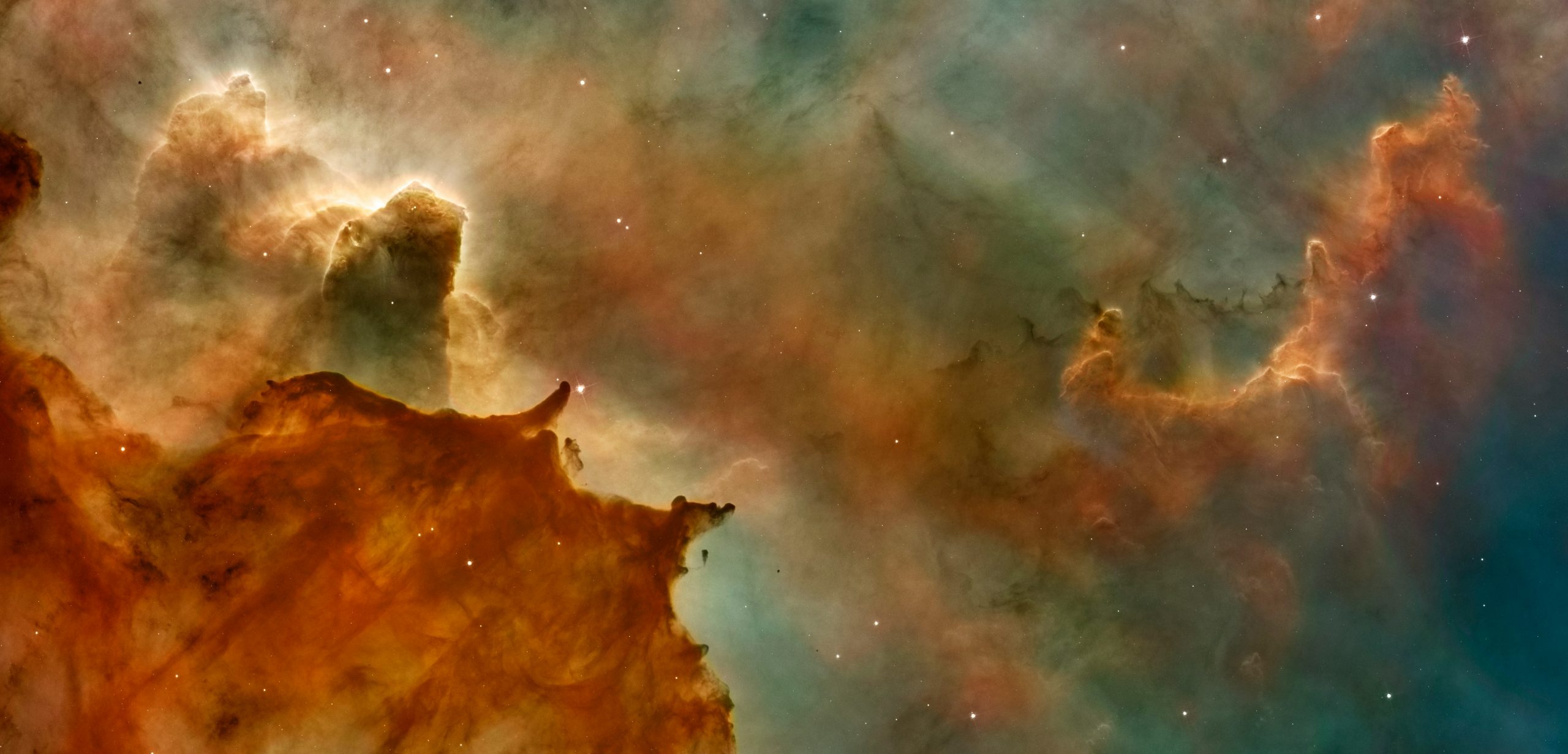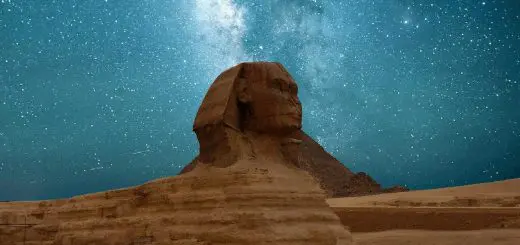Humbaba: Guardian Demon of the Cedar Forest

Looking for more amazing products? Check out our online store and explore our collection here! Happy shopping!
Before diving in, please note: This post is for informational purposes only. If you’d like to know more about how we approach topics, feel free to check out our friendly Disclaimer Page.
Hey there, amazing readers! 
We’re committed to delivering quality posts, and your support (even just sticking around despite the ads) means everything to us. So, bear with us, and thanks for helping us keep the good vibes rolling. Now, on to the fun stuff!
TRANSLATE BUTTON AT THE END OF THE ARTICLE
Humbaba: Guardian Demon of the Cedar Forest
Overview
Humbaba, the guardian demon of the Cedar Forest, holds a significant place in ancient Mesopotamian mythology.
This fearsome creature features prominently in the Epic of Gilgamesh, one of the oldest known works of literature in human history.
Humbaba’s role as the protector of the Cedar Forest highlights the ancient Mesopotamian belief in the sacredness of nature and the struggle between civilization and the natural world.
This article delves into the origins and mythology surrounding Humbaba, his description and characteristics, artistic representations, as well as his symbolism and enduring legacy.
Introduction to Humbaba and its Mythology
Humbaba, also known as Huwawa, is a mythical creature mentioned in the Epic of Gilgamesh, an ancient Mesopotamian epic poem that dates back to the third millennium BCE.
In the epic, Humbaba is depicted as a terrifying guardian demon tasked with protecting the Cedar Forest, which was considered a sacred and awe-inspiring place.
The hero Gilgamesh and his companion Enkidu embark on a perilous journey to confront and slay Humbaba, resulting in a battle of epic proportions that explores themes of bravery, mortality, and the struggle between humanity and the natural world.
Origins and Significance of the Cedar Forest
The Cedar Forest, which Humbaba fiercely guards, holds immense significance in ancient Mesopotamian culture.
Located in the region known as Lebanon today, this forest was abundant with majestic cedar trees.
These trees were highly valued for their timber, which was essential for construction and shipbuilding.
The ancient Mesopotamians believed that the gods themselves resided within the Cedar Forest, making it a sacred and mysterious place.
The forest embodied the power and beauty of nature, and its destruction carried dire consequences.
The Epic of Gilgamesh: Encounter with Humbaba
The encounter between Gilgamesh and Humbaba forms a central narrative in the Epic of Gilgamesh.
Driven by his desire for fame and immortality, Gilgamesh sets out on a quest to confront and defeat the fearsome guardian demon.
With his loyal companion Enkidu by his side, Gilgamesh braves treacherous lands and overcomes numerous obstacles to reach the Cedar Forest.
The battle with Humbaba is described in vivid detail, showcasing the heroism and determination of Gilgamesh and Enkidu.
Ultimately, the defeat of Humbaba marks a turning point in the epic, as it sets in motion a series of events that shape Gilgamesh’s character and lead him on a quest for eternal life.
Humbaba’s Role as the Forest’s Protector
Humbaba’s role as the guardian of the Cedar Forest is crucial in understanding the Mesopotamian worldview.
In ancient Mesopotamian culture, nature was revered and considered divine.
The Cedar Forest, with its majestic trees and mythical creatures, was seen as a sacred domain that only the gods and their chosen representatives could enter.
Humbaba’s fierce protection of the forest was believed to be necessary to maintain order and balance in the world.
By challenging Humbaba, Gilgamesh and Enkidu disrupt this delicate harmony and launch a battle between civilization and the untamed natural world.
Description and Characteristics of Humbaba
Humbaba is described as a monstrous creature with a fearsome appearance in the Epic of Gilgamesh.
He is portrayed as having a body covered in thick scales, a lion-like face, and a voice that booms like thunder.
His breath is described as poisonous and capable of causing death.
Humbaba’s terrifying presence is heightened by his ability to instill fear in those who dare to approach him.
This depiction serves to emphasize the dangerous nature of the Cedar Forest and the immense power Humbaba possesses as its guardian.
Representations of Humbaba in Art and Literature
Depictions of Humbaba in ancient Mesopotamian art and literature vary, but they consistently portray him as a formidable and intimidating figure.
In artistic representations, Humbaba is often shown with a prominent beard, fierce eyes, and a muscular physique.
He is sometimes depicted with a horned helmet, symbolizing his connection to divine power.
These representations highlight the importance of Humbaba as a central figure in Mesopotamian mythology and the visual impact he had on the ancient audience.
Ancient Mesopotamian Beliefs about Humbaba
Ancient Mesopotamian beliefs about Humbaba revolved around his role as a divine guardian and the consequences of challenging his authority.
Humbaba was considered an agent of the gods, tasked with protecting the sacred Cedar Forest from intruders.
The defeat of Humbaba was seen as an act of defiance against the gods and their natural order.
Mesopotamian texts often portrayed Humbaba as a malevolent force that brought destruction and chaos when provoked.
This portrayal reinforced the notion that the balance between civilization and nature needed to be carefully maintained.
Humbaba in Popular Culture and Modern References
The legacy of Humbaba extends beyond ancient Mesopotamian mythology, as his story continues to captivate modern audiences.
References to Humbaba and the Epic of Gilgamesh can be found in various forms of popular culture, including literature, film, and video games.
Contemporary adaptations often explore the complex themes and timeless lessons embedded in the tale of Humbaba, showcasing the enduring appeal and relevance of ancient mythological narratives.
The Symbolism of Humbaba: Nature vs. Civilization
Humbaba’s character represents the eternal struggle between civilization and the natural world.
His role as the guardian demon of the Cedar Forest embodies the tension between human progress and the environment.
Humbaba’s defeat signifies the triumph of civilization over nature, but it also exposes the potential consequences of disrupting the delicate balance between the two.
The symbolism of Humbaba serves as a reminder of the importance of respecting and preserving the natural world, even as humanity continues to forge ahead in its pursuit of advancement.
The Legacy of Humbaba in Mythology and Folklore
Humbaba’s enduring presence in ancient Mesopotamian mythology has left a lasting legacy.
His story, as depicted in the Epic of Gilgamesh, continues to be studied and analyzed by scholars around the world.
The tale of Humbaba serves as a testament to the power of storytelling and its ability to convey timeless truths about the human condition.
As one of the earliest recorded myths, the story of Humbaba has influenced countless subsequent mythological and literary works, shaping our understanding of ancient civilizations and their beliefs.
Conclusion: Humbaba’s Endurance through Time
Humbaba, the guardian demon of the Cedar Forest, remains an iconic figure in ancient Mesopotamian mythology.
Through the epic tale of Gilgamesh, Humbaba’s role as the fierce protector of nature and the subsequent struggle between civilization and the natural world is vividly depicted.
Humbaba’s enduring legacy can be seen in his representations in art, his symbolism in literature, and his continued presence in modern popular culture.
As we explore the mythology and folklore surrounding Humbaba, we gain insight into the ancient Mesopotamian worldview and the timeless themes that continue to resonate with us today.

The Enlightenment Journey is a remarkable collection of writings authored by a distinguished group of experts in the fields of spirituality, new age, and esoteric knowledge.
This anthology features a diverse assembly of well-experienced authors who bring their profound insights and credible perspectives to the forefront.
Each contributor possesses a wealth of knowledge and wisdom, making them authorities in their respective domains.
Together, they offer readers a transformative journey into the realms of spiritual growth, self-discovery, and esoteric enlightenment.
The Enlightenment Journey is a testament to the collective expertise of these luminaries, providing readers with a rich tapestry of ideas and information to illuminate their spiritual path.
Our Diverse Expertise
While our primary focus is on spirituality and esotericism, we are equally passionate about exploring a wide range of other topics and niches 

To ensure we provide the most accurate and valuable insights, we collaborate with trusted experts in their respective domains 
Our blog originally focused on spirituality and metaphysics, but we’ve since expanded to cover a wide range of niches. Don’t worry—we continue to publish a lot of articles on spirituality! Frequently visit our blog to explore our diverse content and stay tuned for more insightful reads.
Hey there, amazing reader! 
Check out our store here and take a peek at some of our featured products below! Thanks for being awesome!












